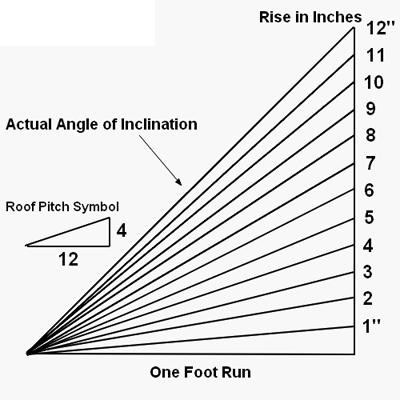Roof slope osha defines a low slope roof as a roof having a slope of less than or equal to 4 inches of vertical rise for every 12 inches horizontal length 4 12 1926 500 b definitions.
Osha standard roof pitch.
Each employee who is constructing a leading edge 6 feet 1 8 m or more above lower levels shall be protected from falling by guardrail systems safety net systems or personal fall arrest systems.
If you choose to walk on a roof without these you will be out of compliance with osha regulations and subject to fines.
29 cfr 1926 500 defines low slope roof as a roof having a slope less than or equal to 4 in 12 vertical to horizontal 29 cfr 1926 501 b 10 allows the use of a safety monitor on a low slope roof.
The typical roof slope follows specific materials and design techniques to ensure perfect safety from leakage.
Steep roof above 4 12 slope 29 cfr 1926 501 b 11.
A common range is given from 1 12 to 4 12 whereas conventional dimensions vary from 4 12 to 9 12 but the steep roofing technique follows slope above 9 12 with additional fasteners.
Your work could fall into any one of the three provisions.
Low slope roof 4 12 slope or less 29 cfr 1926 501 b 10.
This is important because the osha definition is used as a basis for implementing low slope fall protection measures such as warning.
Know the pitch of the roof and follow the appropriate standard.
The requirements of b 10 apply if tile work is on a low slope roof slope less than 4 in 12.
However in a few specifically identified circumstances low slope roof work some leading edge work precast concrete erection and residential construction due to feasibility limitations the standard permits the use of a warning line in combination with other measures as an alternative to conventional fall protection guardrail systems.
Which of the three roofing provisions apply to me.
The occupational safety and health administration has set new guidelines for inspecting commercial roofs.
These include using roof anchors and safety cords for roof inspections.
Osha regulations for commercial roof inspections.
The requirements of b 11 apply if the work is on a steep roof slope greater than 4 in 12.
1910 25 e 2 have open risers with a vertical rise between tread surfaces of 6 5 to 12 inches 17 to 30 cm.








